Wright Flyer Kitty Hawk
Production Time 9 to 10 weeks
Shipment is by FedEx, UPS or DHL International Express Courier with a normal door-to-door delivery time worldwide of within 2-3 business days after dispatch. Due to the current volatility of world fuel prices, the amount mentioned here is our best estimate for DHL and UPS and may be subject to change at the time of shipping.

Model Description: Wright Flyer Kitty Hawk Wood Replica Scale Custom Model
Manufacturer: Wilbur and Orville Wright
Wingspan: 17 Inches (43.2 Centimeters)
Height: 3.8 Inches (9.7 Centimeters)
Scale: 1:28
$249.50
Production Time 9 to 10 weeks
-
United States dollar ($)
-
Pound sterling (£)
-
Euro (€)
-
Australian dollar ($)
-
Canadian dollar ($)
-
Singapore dollar ($)
-
Swiss franc (CHF)
-
Japanese yen (¥)
-
Danish krone (kr.)
-
Hong Kong dollar ($)
-
Norwegian krone (kr)
-
Swedish krona (kr)
-
United Arab Emirates dirham (د.إ)
General Product Description
Our PlaneArts Wright Flyer Kitty Hawk model exhibits unique, unrivaled quality and detailed design to come as close as possible to the accuracy of the actual plane. It comes as standard with a robust, durable base or stand which is available in a variety of different finishes designed to match your own personal requirements including solid wood, wood with polished metal supports or adjustable wood wall mount and will be ready within about 9-10 weeks from placement of order.
The Wright Flyer Kitty Hawk model is made of the finest kiln dried renewable mahogany wood (commonly known as Lauan or Meranti) which has undergone many stages of carving and meticulous and careful sanding giving the beautiful, finished museum quality masterpiece. Many collectors and model connoisseurs demonstrate their preference for genuine handmade and hand painted mahogany wood models rather than plastic or die cast (diecast) alternatives due to the overall look and totally different feel of the item - we trust you will find the same. We can however, if required produce the same model in Solid Cast Resin so just click and contact us for further information. Our craftsmen and gifted artisans ensure that our finely handcrafted model airplanes match the precise blueprint details of the original aircraft. The paint scheme, markings and parts are closely matched, reflecting the original aircraft. This stylish top-quality desktop replica model will surely enthrall anyone who receives this as a gift and for sure one of the most appropriate and desirably collectable gifts for any early aviation enthusiast and avid vintage aircraft collector whilst also displaying a perfect resemblance to the actual real aircraft.
If you require, we can also make the Wright Flyer Kitty Hawk model in any other airline, private livery or colour scheme you require and if necessary, in a different size or scale. Just click here to contact us with a description or photographs of what you require, and we will let you have a quotation for the necessary customization by return email. We can also make bespoke scale replicas of any other private / civil commercial airliner or airliners, helicopter, glider, gliders with engines, military jet, warplane jets, propeller warplanes, biplane, triplane, tail fin, spacecraft, rocket or NASA model you require in any airline, military or civilian livery or colors. We also produce model airships, blimp, dirigible, blimps, boat and ship collectibles. Wall plaque or seal for military, government or private customers. Again, by clicking here to contact us just let us know exactly what you need.
The Wright Flyer: Soaring into History at Kitty Hawk
The early 20th century was a time of rapid technological innovation, but few inventions captured the imagination of the world like the Wright Flyer. Built by Orville and Wilbur Wright, this pioneering aircraft marked the dawn of powered, controlled flight. On a cold December morning in 1903, the windswept dunes of Kitty Hawk, North Carolina, witnessed an event that would forever change the course of history.
The Dream of Flight:
For centuries, humans had dreamed of soaring through the skies like birds. The Wright brothers, who owned a bicycle shop in Dayton, Ohio, were captivated by the idea of flight. They were not just tinkerers but methodical engineers who meticulously studied aerodynamics. Drawing inspiration from the work of aviation pioneers such as Otto Lilienthal, they began experimenting with gliders in the late 1890s.
The brothers chose Kitty Hawk as their testing site because of its steady winds, soft sand dunes for landing, and relative isolation. In 1900, they started testing gliders in the area, learning valuable lessons about lift, control, and balance. By 1902, they had developed a successful glider, but they knew that true flight required powered propulsion.
The Wright Flyer: A Technological Marvel
The Wright Flyer, also known as Flyer I, was the culmination of years of research and experimentation. The aircraft was constructed from spruce wood and muslin fabric, with a wingspan of 12.3 meters (40 feet). Its engine, designed by the Wrights themselves, was a lightweight, 12-horsepower, four-cylinder machine. The Flyer’s propellers, also designed by the brothers, were an engineering feat in themselves, featuring a twisted shape that provided the necessary thrust.
One of the Flyer’s most innovative features was its three-axis control system. This system allowed the pilot to steer the aircraft effectively, maintaining balance and enabling turns. The control system was a combination of wing-warping for roll, a forward elevator for pitch, and a rear rudder for yaw. This breakthrough in control mechanisms set the foundation for all future aircraft designs.
The Historic First Flight:
December 17, 1903, was the day that the Wright brothers’ dreams became a reality. On that cold, windy morning, with Orville Wright at the controls, the Wright Flyer lifted off from the sands of Kitty Hawk. The flight lasted only 12 seconds and covered a distance of 120 feet, but it was enough to prove that powered, controlled flight was possible.
The brothers made four flights that day, with the longest lasting 59 seconds and covering 852 feet. Each flight demonstrated improved control and stability, solidifying the Wright Flyer’s place in history. Though modest by today’s standards, these flights were the first of their kind and marked the beginning of the aviation era.
Legacy of the Wright Flyer:
The Wright Flyer’s success was not merely a triumph of engineering but a testament to human ingenuity and perseverance. The aircraft is now preserved in the Smithsonian National Air and Space Museum, a symbol of the determination that led two bicycle mechanics from Ohio to conquer the skies.
The achievements of the Wright brothers at Kitty Hawk laid the groundwork for the development of modern aviation. Their innovations in aerodynamics, propulsion, and control are still the cornerstones of aircraft design today. The Wright Flyer represents more than just a machine—it embodies the spirit of exploration and the unrelenting pursuit of dreams that continue to inspire generations of aviators and engineers.
Conclusion:
The Wright Flyer’s first flight at Kitty Hawk was a pivotal moment in history, a turning point that opened up new possibilities for travel, communication, and exploration. It was a small step off the ground but a giant leap for people, demonstrating the power of human innovation. The Wright brothers’ legacy lives on, reminding us that with vision, dedication, and a bit of ingenuity, the sky is not the limit—it’s just the beginning.
| Weight | 6 kg |
|---|---|
| Dimensions | 8.9 × 17 × 3.8 in |

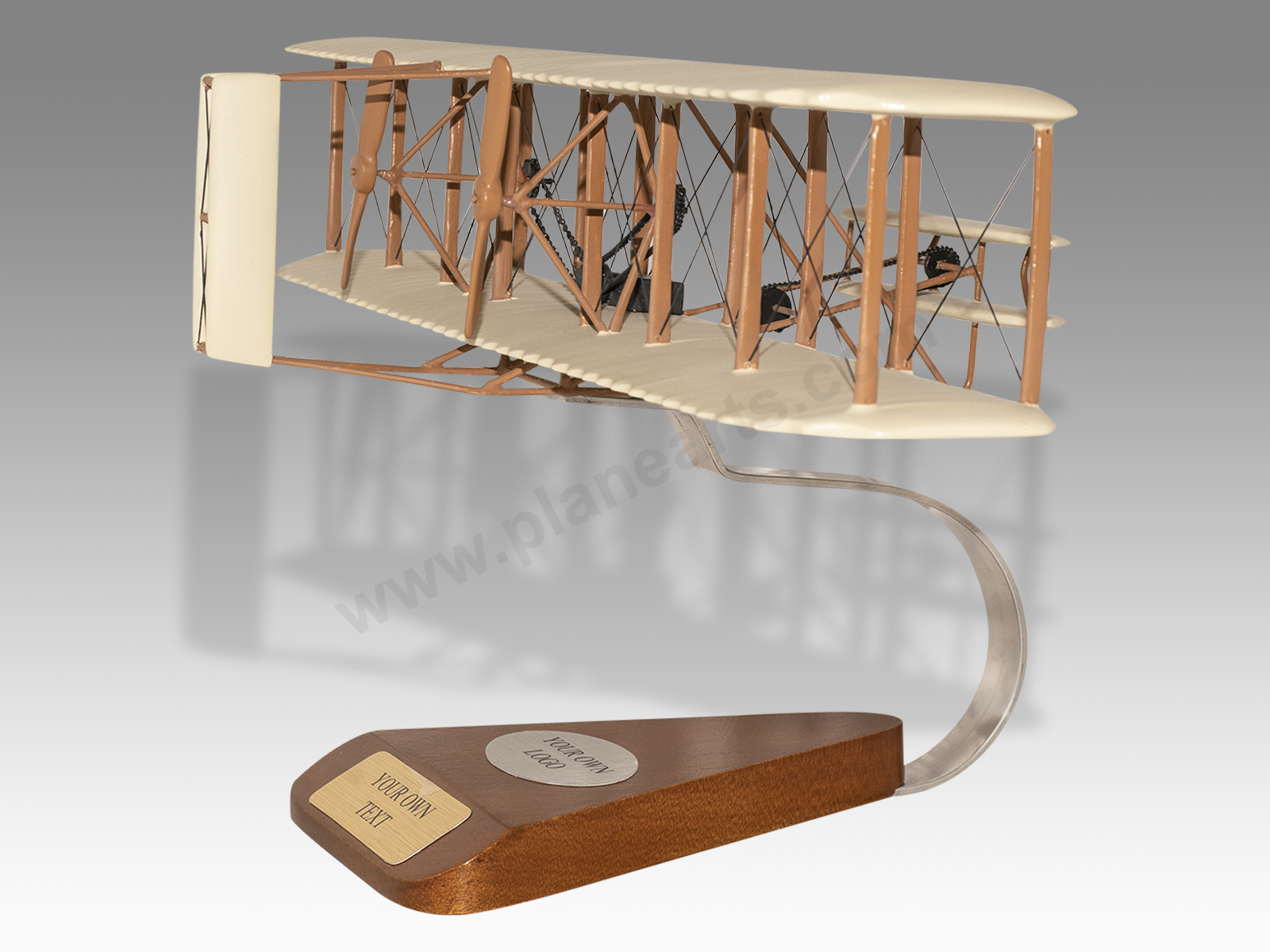

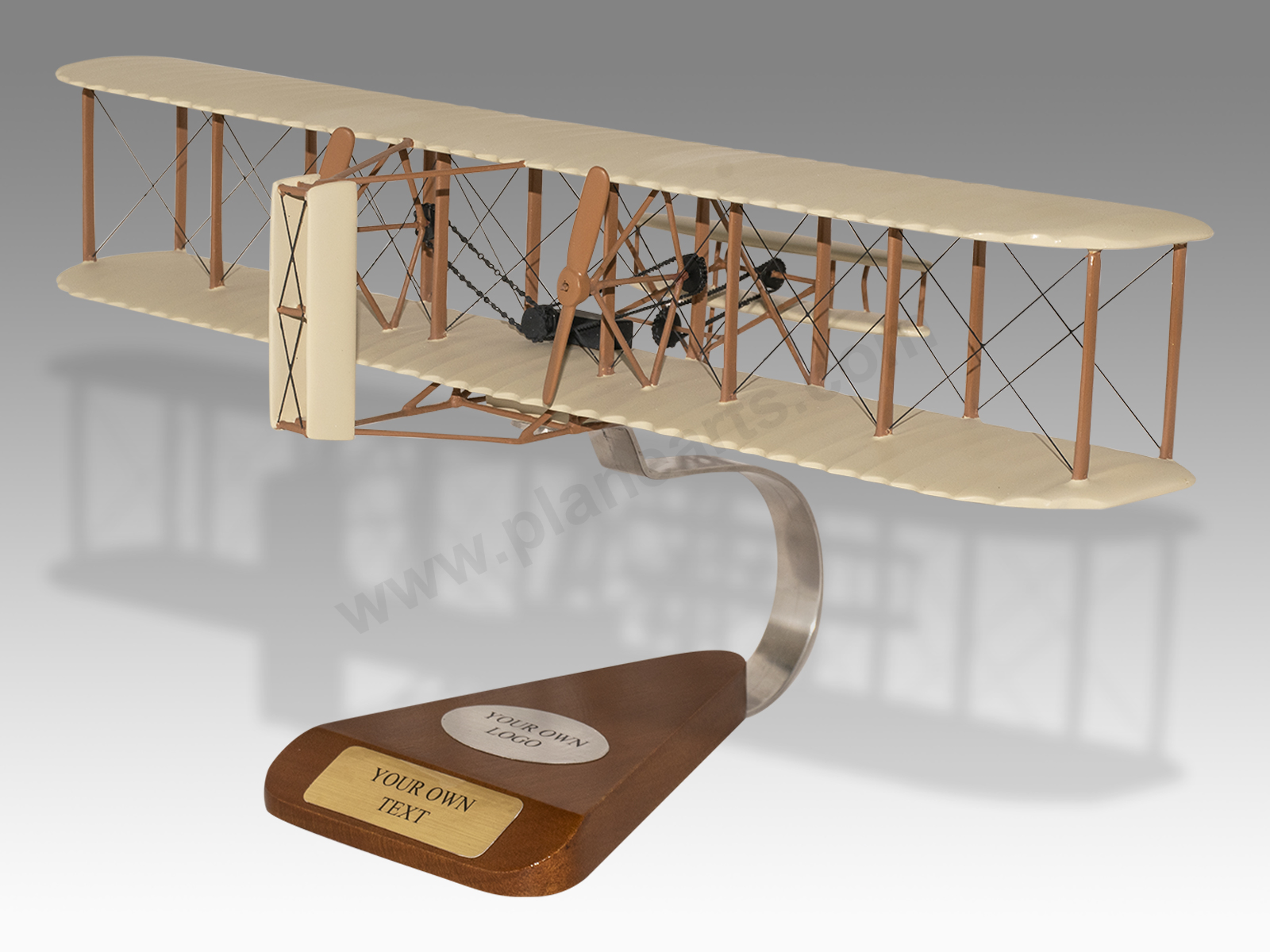

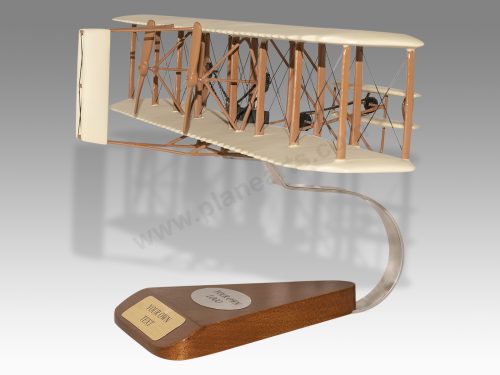

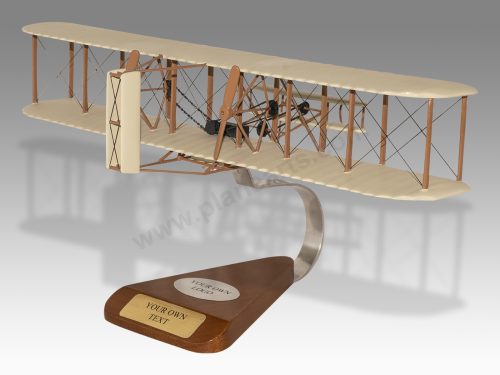
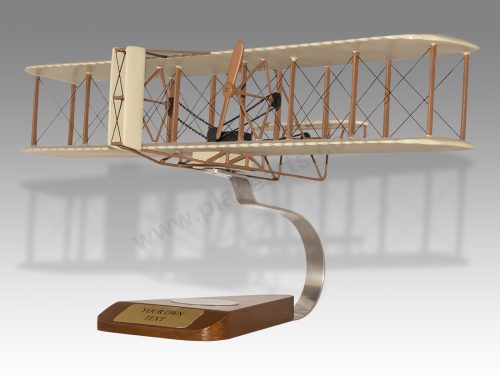

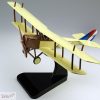
Reviews
There are no reviews yet.